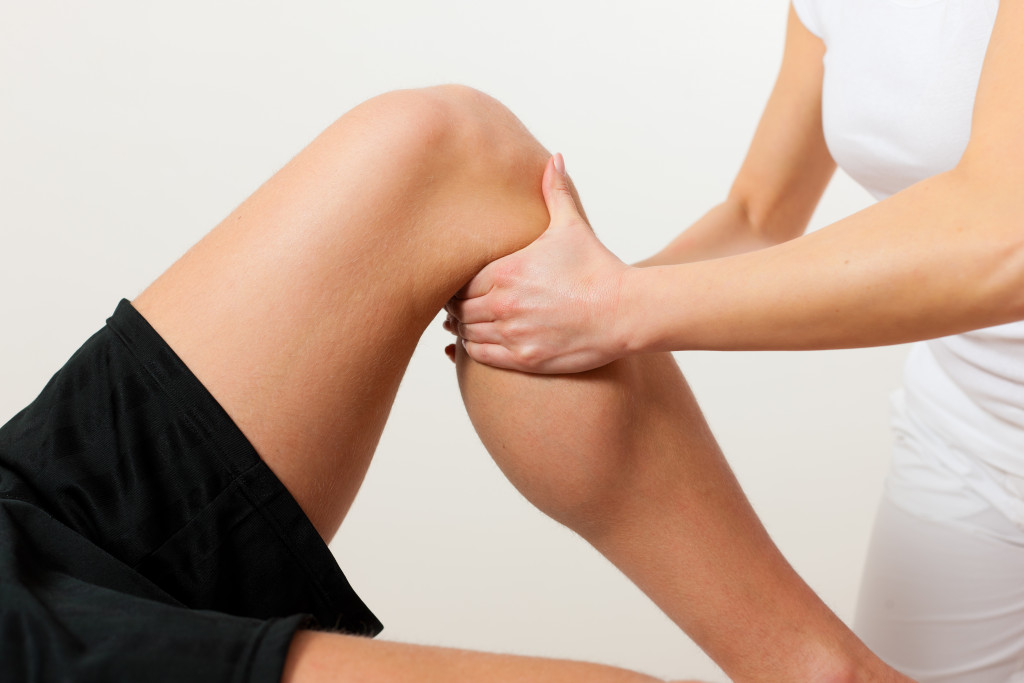Earlier studies revealed that around 8.6 million sports or recreation-related injuries happen annually. These injuries are more common among males and people between the ages of 5 to 24 years. The age-adjusted rate for these injury episodes was reported to be 34.1 per 1,000 population.
Sports or recreation activities have inherent risks of injuries ranging from minor scrapes and bruises to more serious concussions, fractures, and dislocations. The recovery period may vary from a few days to more than a month.
Sports injuries can be debilitating and frustrating if you’re an elite athlete or a weekend warrior. Fortunately, many therapies available can help speed up recovery and get you back in the game. Here are a few of the most common treatments used to treat sports injuries.
Physical Therapy
Physical therapy is one of the most popular treatments for sports-related injuries. It involves exercises designed to improve strength, flexibility, range of motion, and balance. Physical therapy can also help reduce inflammation and swelling around injured areas and relieve pain. Physical therapy aims to get your body back into peak condition so that it can withstand the rigors of competition.
After sustaining an injury, physical therapy allows people to rebuild strength in the affected area and improve their range of motion. It can also help manage pain and prevent additional issues from developing. However, every sport has its unique injuries that players are susceptible to. This is why it’s crucial to work with a physical therapist who understands your sport’s specific requirements.
Physical therapists typically create a plan of action tailored to each athlete, including stretching and strengthening exercises and exercises designed to improve coordination and balance. Depending on the nature of the injury, some treatments may involve heat or ice therapy, massage, ultrasound, or other modalities.
Massage Therapy
Massage therapy has long been used in athletics to relax muscles before and after workouts. But massage can also benefit athletes recovering from an injury by increasing blood flow and helping with muscle rehabilitation. Massage therapists may use deep-tissue massage techniques to break down scar tissue to target specific areas where pain persists.
You can also consider going through a reliable trigger point therapy. The therapy is a safe pain management method performed by trained professionals with the necessary knowledge and experience in the treatment.
Also, massage helps reduce stress and anxiety while relieving chronic pain. It also helps the athlete better understand their body and how it moves. Working with a professional massage therapist can help your body heal faster and more efficiently.
The benefits of massage therapy are numerous, so it’s essential to make sure that you get regular treatments if you’re an athlete.

Chiropractic Care
Chiropractic care focuses on treating misalignments in the spine that may cause pain or discomfort elsewhere in the body. Chiropractic adjustments involve manipulating joints to restore proper alignment and improve mobility, flexibility, and range of motion. Many athletes seek chiropractic care after suffering a sports-related injury because it helps alleviate pain while promoting healing at the same time. Chiropractic care may also help boost overall performance and prevent future injuries.
Chiropractors use various techniques to treat musculoskeletal problems. These techniques include stretching exercises, electrical muscle stimulation, ultrasound technology, and manipulation and mobilization of the joints and soft tissues. Chiropractors may also utilize nutritional and lifestyle counseling to help patients reach their wellness goals. A typical chiropractic session may last anywhere from 15-30 minutes, and some patients report feeling better after just a few visits.
Athletes need to take the time to find an experienced, reputable chiropractor who can provide quality care tailored to their needs.
Hydrotherapy
Sports hydrotherapy consists of water-based exercises that help with injury recovery or muscular pain relief. The therapy lets you do exercises for rehabilitation and healing, which might otherwise be dangerous to attempt on land because they involve your body’s full weight. This is all done without further damaging the affected areas. It is also a great way to improve flexibility and range of motion and strengthen your muscles.
Different types of hydrotherapy include aquatic running, resistance exercises, balance work, stretching, and massage jets. Depending on their injury or condition, these are tailored to the individual’s needs and goals. Hydrotherapy typically takes place in a pool or hot tub, with the temperature depending on what best suits the activity.
Sports hydrotherapy can be done in a supervised setting by a physical therapist, or you can do it on your own. It is recommended to start with a qualified professional first. Then you can transition into an independent practice if necessary.
Sports injuries can be incredibly frustrating for athletes of all levels—but they don’t have to be debilitating if you know how to manage them properly. These treatments are designed to help athletes who need fast relief without sacrificing safety or effectiveness. If you’re dealing with a sports injury right now, make sure you explore these options to get back on your feet as soon as possible.

